|
Porsche has increased the capacity for the high-voltage battery in Cayenne plug-in hybrids The gross capacity of the high-voltage battery is now 17.9 kWh rather than 14.1 kWh, which is an increase in the electric range of up to 30 per cent. Measured in line with the WLTP EAER City cycle, the Cayenne E-Hybrid can now cover up to 48 kilometres with zero local emissions (NEDC: up to 56 km; Cayenne E-Hybrid: Fuel consumption combined 2.5 – 2.4 l/100 km; CO2 emissions combined 58 – 56 g/km; Electricity consumption combined 22.0 – 21.6 kWh/100 km; Cayenne E-Hybrid Coupé: Fuel consumption combined 2.6 – 2.5 l/100 km; CO2 emissions combined 60 – 58 g/km; Electricity consumption combined 22.4 – 22.0 kWh/100 km (all as of 10/2020)), while the Turbo S E-Hybrid covers up to 42 km (NEDC: up to 53 km; Cayenne Turbo S E-Hybrid: Fuel consumption combined 3.3 –3.2 l/100 km; CO2 emissions combined 75 – 72 g/km; Electricity consumption combined 23.3 – 22.8 kWh/100 km; Cayenne Turbo S E-Hybrid Coupé: Fuel consumption combined 3.3–3.2 l/100 km; CO2 emissions combined 76 – 73 g/km; Electricity consumption combined 23.5 – 23.0 kWh/100 km (all as of 10/2020)). All Cayenne E-Hybrid models therefore meet the current range criterion that entitles owners to an “E” number plate and reduced company car tax in Germany. The purely electric powertrain in all plug-in hybrid Cayenne models, including the even sportier coupé version, comprises an electric motor integrated into the eight-speed Tiptronic S automatic transmission. This powertrain delivers an output of 100 kW (136 PS) and 400 Nm, generating a purely electric top speed of 135 km/h. Any increased power demand from the driver or switching to the Sport or Sport Plus driving modes activates the internal combustion engine in each model. In the Cayenne E-Hybrid, this is a three-litre V6 turbo with an output of 250 kW (340 PS), which contributes to a system performance of 340 kW (462 PS). The Cayenne Turbo S E-Hybrid models feature a 404 kW (550 PS), four-litre V8 bi-turbo engine, meaning that the hybrid system as a whole has a power output of 500 kW (680 PS). Optimised driving modes for greater efficiency The driving modes of the standard Sport Chrono Package have been optimised to further improve efficiency and performance. E-Charge mode, in which the internal combustion engine charges the battery via load point shifting during a journey, now links to an adjusted charging strategy: the target state of charge of the battery has been reduced from 100 to 80 per cent. Much like a smartphone battery, the battery charges much more slowly and inefficiently when the battery’s state of charge reaches approximately 80 per cent or more. This strategy also provides a way of ensuring that full recuperation power is available at all times. E-Charge mode is therefore even more efficient than it was before. In the performance-oriented Sport and Sport Plus modes, the battery is always charged to a minimum level to provide sufficient boost options for a sporty driving style, and it is now charged even more effectively at a higher, consistent charging power – at an average of 12 kW on the Cayenne Turbo S E-Hybrid in Sport Plus mode, for example. Intelligent charging with the Porsche Mobile Charger Connect Most drivers charge their vehicles at home so a conventional domestic or industrial electrical socket is sufficient for charging all Porsche plug-in hybrid models. Depend-ing on the vehicle model, a charging power of up to 7.2 kW can be achieved with the Porsche Mobile Charger Connect. Using a Mode 3 charging cable, it is also possible to charge at public charging points. The Mobile Charger Connect offers several intelli-gent charging functions: A timer ensures that the vehicle is ready by the specific time that the driver plans to set off. In addition to a pre-defined charging target, specific air conditioning options can be selected. All functions can be controlled via the Porsche Connect App as required. The range of functionality is extended even further in conjunction with the optional Home Energy Manager: This systems looks at the total energy consumption of the driver’s home to determine the maximum charging power that can be generated without overloading the domestic connection.
The Cayenne Turbo S E-Hybrid and the Cayenne Turbo S E-Hybrid Coupé draw their system output of 500 kW (680 PS; Cayenne Turbo S E-Hybrid: Fuel consumption combined 3.9–3.7 l/100 km, electricity consumption 19.6–18.7 kWh/100 km, CO2 emissions combined 90–85 g/km; Cayenne Turbo S E-Hybrid Coupé: Fuel consumption combined 3.9–3.7 l/100 km, electricity consumption 19.6–18.7 kWh/100 km, CO2 emissions combined 90–85 g/km) from the intelligent interaction of a four-litre V8 engine (404 kW/550 PS) and an electric motor integrated into the eight-speed Tiptronic S transmission (100 kW/136 PS). The maximum system torque of 900 Nm is available from just above idle. Both models accelerate from a standing start to 100 km/h in 3.8 seconds and reach a top speed of 295 km/h. This exceptional performance is matched by a high level of efficiency: the Cayenne Turbo S E-Hybrid and Turbo S E-Hybrid Coupé can drive for up to 40 kilometres with zero local emissions. The average NEDC consumption is 3.9–3.7 l/100 km (fuel) and 19.6–18.7 kWh/100 km (electric). In addition to the two top models, the hybrid range from Porsche now includes the new Cayenne E-Hybrid Coupé with system power of 340 kW (462 PS; Fuel consumption combined 3.2–3.1 l/100 km, electricity consumption 18.7–17.7 kWh/100 km, CO2 emissions combined 75–72 g/km), torque of 700 Nm, and electric range of up to 43 kilometres. The Cayenne E-Hybrid, which now features a gasoline particulate filter, is available to order again. Speeds of up to 135 km/h with just electric power Like all Porsche plug-in hybrids, the new top-of-the-range model in the Cayenne family is also one of the sportiest vehicles in the premium segment – not in spite of its hybrid powertrain but because of it. In the Cayenne Turbo S E-Hybrid models, the electric motor is located between the V8 engine and the eight-speed Tiptronic S transmission. The two motors are interconnected via a separating clutch inside the hybrid module, referred to as the Electric Clutch Actuator (ECA). In E-Power driving mode, the electric motor can, on its own, propel the vehicle up to a maximum speed of 135 km/h. It can also be used in the other modes for an additional power boost. These modes can be selected via the standard Sport Chrono Package (Hybrid Auto, Sport and Sport Plus). Porsche has taken this boost strategy from the 918 Spyder super sports car. The lithium-ion battery is installed underneath the loadspace floor and has a capacity of 14.1 kWh. The high-voltage battery can be fully charged within 2.4 hours with the standard 7.2 kW onboard AC charger when using a 400-volt connection with a 16-amp fuse. The charging process takes six hours from a conventional domestic socket with a rating of 230 volts and 10 amps. Charging can also be scheduled via Porsche Communication Management (PCM) or the Porsche Connect app (for smartphones and Apple® Watch). Roll stabilisation system, air suspension, and ceramic brakes as standard The Cayenne Turbo S E-Hybrid and the Cayenne Turbo S E-Hybrid Coupé come with extensive factory-fitted equipment as standard: features include the Porsche Dynamic Chassis Control (PDCC) electric roll stabilisation system, Porsche Torque Vectoring Plus (PTV Plus) rear-axle differential lock, the Porsche Ceramic Composite Brake (PCCB) high-performance brake system, 21-inch lightweight alloy wheels in Aero design including wheel arch extensions in body colour, Power Steering Plus, and the Sport Chrono Package. The adaptive three-chamber air suspension, including Porsche Active Suspension Management (PASM), ensures a broad spectrum of typical Porsche driving dynamics and a comfortable ride. Up to 22-inch lightweight alloy wheels and rear-axle steering are also available as optional extras. Full connectivity and auxiliary air conditioning as standard All Cayenne models include full connectivity as standard. This enables online navigation with real-time traffic information, smart online voice control, and extensive Porsche Connect services – including searching for public charging stations. Additional options for all Cayenne derivatives when the new model year starts include wireless Apple CarPlay®, new USB-C ports and a smartphone storage tray with inductive charging function. All hybrid models from Porsche have auxiliary air conditioning as standard. This can be remote-controlled directly via the PCM and via the Porsche Connect app, and enables the vehicle to be heated and cooled even when the ignition is not switched on. All Cayenne models feature LED headlights, a cruise control system with speed limiter function, camera-based pedestrian protection and Park Assist at the front and rear – including a rear-view camera system in the Cayenne Coupé. Optional extras include LED matrix beam headlights, a head-up display, Night Vision with thermal imaging camera, and the Porsche InnoDrive digital co-pilot including adaptive cruise control, lane keeping assist, road sign recognition, active lane guidance, junction assistant and emergency braking.
A double debut: Cayenne Coupé as a V6 and V8 hybrid With the Cayenne Coupé, Porsche has added an even sportier variant to its successful SUV line-up. Highlights of the coupé include sharper lines with a unique roof and rear section, an adaptive rear spoiler, a rear seat bench with the characteristics of two individual seats, and two different roof designs: a panoramic fixed glass roof as standard and an optional carbon roof. Like the SUV, the SUV coupé is now available in two different hybrid versions: in combination with the 4.0-litre V8 biturbo engine and with a 3.0-litre V6 turbo engine. The new Cayenne E-Hybrid Coupé has a system output of 340 kW (462 PS) and a system torque of 700 Nm. In conjunction with the standard Sport Chrono Package, it sprints from a standing start to 100 km/h in 5.1 seconds (5.0 seconds with the lightweight sports packages) and has a top speed of 253 km/h. The average consumption according to the New European Driving Cycle (NEDC) is 3.2–3.1 l/100 km (fuel) and 18.7 – 17.7 kWh/100 km (electric). The purely electric range is up to 43 kilometres. All four different hybrid versions of the Cayenne are now available to order. With the world premiere of the Cayenne Coupé, Porsche is extending the third generation of its successful SUV range. An interview with Detlev von Platen, Member of the Executive Board for Sales and Marketing at Porsche AG. Entry into a new vehicle segment: with the world premiere of the Cayenne Coupé, Porsche is extending the third generation of its successful SUV range. The vehicle impresses with its particularly dynamic contours and new technical details, which give it a very athletic appearance.
The highlights of the new Cayenne model include sharper contours with a totally unique rear end, an adaptive rear spoiler, a rear bench with the characteristics of two individual seats, and two roof concepts: a panoramic, fixed glass roof fitted as standard, and an optional carbon roof. The significantly steeper roof line falling to the rear makes this vehicle appear even more dynamic and visually positions it as the sportiest-looking model in the segment. The Cayenne Coupé will be available with two different engine variants at its market launch: a six-cylinder, turbocharged engine with 250 kW (340 PS; Combined fuel consumption 9.4 – 9.3 l/100 km; combined CO2 emissions 215 – 212 g/km), making a standard sprint from 0-100 km/h in 6.0 seconds possible as well as a four-litre V8 engine with twin turbocharging in the top-of-the-range Cayenne Turbo Coupé model, 404 kW (550 PS; Combined fuel consumption 11.4 – 11.3 l/100 km; combined CO2 emissions 261 – 258 g/km) and accelerating from a standing start to 100 km/h in 3.9 seconds. The Cayenne – a worldwide story of success Since the introduction of the first Cayenne in 2002, this model has been very popular with customers around the globe. More than 864,200 vehicles have been delivered to date, which amounts to 50,000 cars per year on average. With around 71,500 vehicles delivered worldwide in 2018, the model was only beaten to the top spot by the Macan. The majority of vehicles were delivered to customers in China and Europe. Detlev von Platen, Member of the Executive Board for Sales and Marketing at Porsche AG, describes the expectations for the Cayenne Coupé in different regions, the vehicle’s customer profiles and the growing model range in an interview: Which regions and buyer groups is the Cayenne Coupé targeting? The Cayenne Coupé is a world conqueror. It is equally attractive to all regions. It appeals to customers who are particularly interested in the sporty genes of the Cayenne. These may be existing or new Porsche customers – with great loyalty to the brand and an expressive lifestyle. The SUV Coupé market isn’t new, but we are giving the car a character that is all its own through our typical Porsche design DNA. Of course, the sporty body shape is a particularly good match for the Porsche brand. Seen worldwide, who are Porsche’s customers? Our customers have a very individual and differentiated lifestyle. There is no standard Porsche customer. For this reason, it is one of our maxims to consider each customer individually. At the same time, there are properties that all our customers share. These include their striving towards performance, personal development and the extraordinary, as well as the success they have with this attitude – a certain drive to get ahead. Many also value the feeling of having found a family of like-minded people at Porsche and experiencing well-deserved pleasure. In many cases, our customers have driven models from other premium brands because they expect more from their vehicle. Anyone who then experiences the driving pleasure in an entry-level Porsche model will see that there is a much sportier way and realise that they want to evolve – to a Turbo or GT model. In this process, personal progress is much more important than external image. How significant are surveys and market studies for model decisions at Porsche? Customer feedback of course influences our product decisions and our customers are very committed. We receive more than 300,000 feedback reports, suggestions and requests each year. It goes without saying that we integrate all this into the development process of a new vehicle. We also repeatedly showcase our product ideas to customers and potential customers. The current Cayenne is a good example: during development we took into account a large amount of feedback on its predecessor. In particular, the interior takes into account the wishes of Porsche enthusiasts. The Taycan will be yet another example of how we integrate customer feedback into product development at an early stage. We asked our customers at the start of the development process whether they could envisage a purely electrically driven vehicle made by Porsche and what it should look like. Even now, shortly before the world premiere in autumn, we once again asked them for feedback on the final product. The Cayenne Coupé demonstrates that the Porsche model range is becoming increasingly more versatile. Is this a trend towards diversification? Our holistic concept does not focus on the vehicle, but rather on the brand DNA. This combination of sportiness and the demand for top quality is evident in all Porsche models and perfectly reflects our customers’ interests. All of our vehicles are sports cars, even the Panamera, Macan and Cayenne. They are the sportiest option in their respective segments – and they carry the genes of the Porsche 911. That’s why Porsche is clearly perceived as a sports car brand. And we are working hard to make sure nothing about that changes. At the same time, we are continuously expanding our product range so we can offer our customers all over the world what they want. For example, the model mix has shifted as a result of customer preferences in growth markets. Demand for sporty SUVs is very strong particularly in China, but two-door sports car sales are also on the rise. Coupés are obviously a trend in the SUV segment. How do you create a passion in customers for Porsche as a brand? Porsche stands for craftsmanship and meeting individual customer wishes with fascinating premium sports cars. And people are always at the heart of it all. A Porsche is always made by people: a great deal of craftsmanship, love and passion goes into every Porsche. At Porsche, we are also united by the drive to always to fight for the best solution. That is how we create individual products that inspire through outstanding quality and driving pleasure. We want to appeal more strongly to new, younger target groups with the Cayenne Coupé. These groups value exclusivity and an expressive lifestyle, and have a very performance-oriented mentality. |
Archives
February 2024
Categories
All
|
Your Porsche SpecialistServing all your Porsche Long Island dealer needs (Nassau & Suffolk), New York City (Queens, Manhattan, Brooklyn, Bronx, Staten Island) & surrounding areas. Our NY Porsche dealership is conveniently located on NY's Long Island Gold Coast in Jericho.
We are an authorized Porsche dealer for your next Porsche 718, Porsche 911, Porsche Taycan, Porsche Panamera, Porsche Cayenne, and Porsche Macan. |
Sam GadkarTop 100 Worldwide - Sales Excellence
Porsche Certified Global Brand Ambassador Porsche Exclusive Manufaktur Partner Cell/Text: 516.476.0167 E-mail: sam@porschegoldcoast.com |
Porsche Gold Coast125 South Service Road
Jericho, NY 11753 Cell/Text: 516.476.0167 Dealer Site: www.porschegoldcoast.com Porsche Roslyn is now Porsche Gold Coast |
Images and photos copyright Porsche Cars North America, Inc., or Porsche Gold Coast
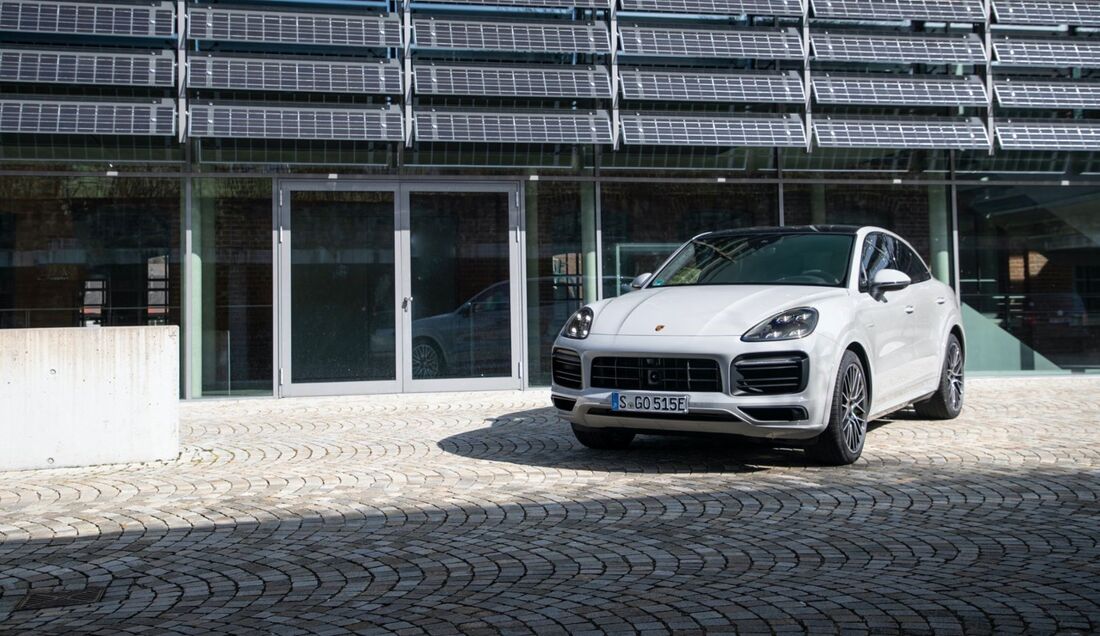
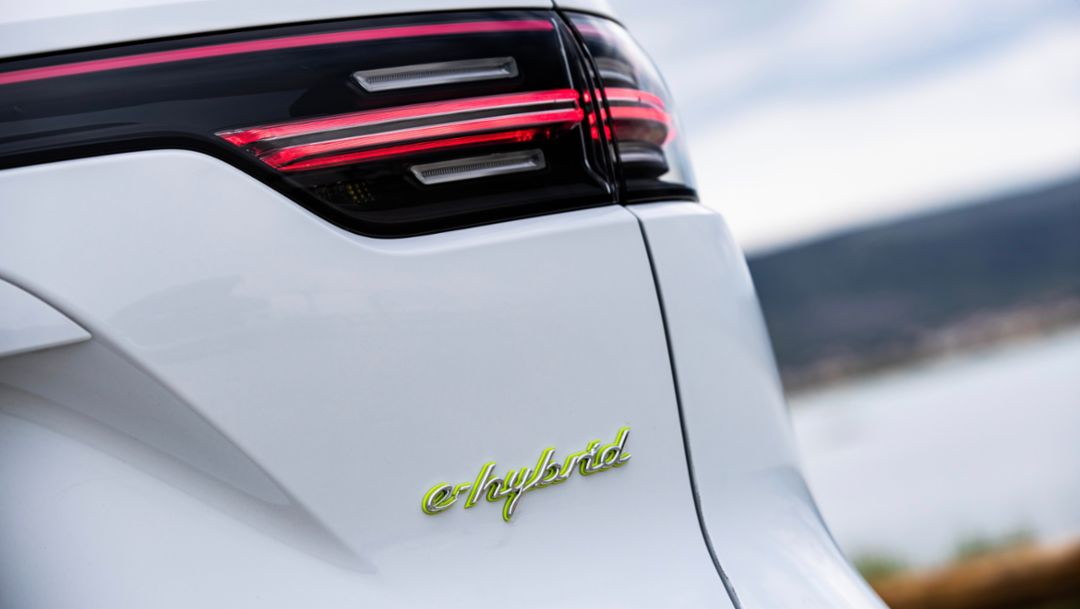
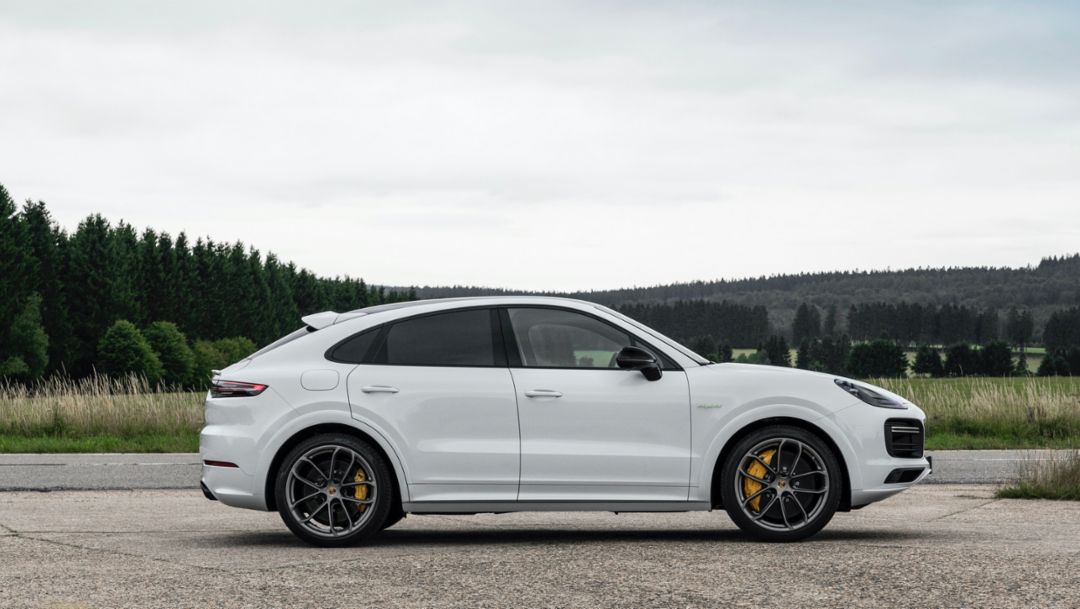
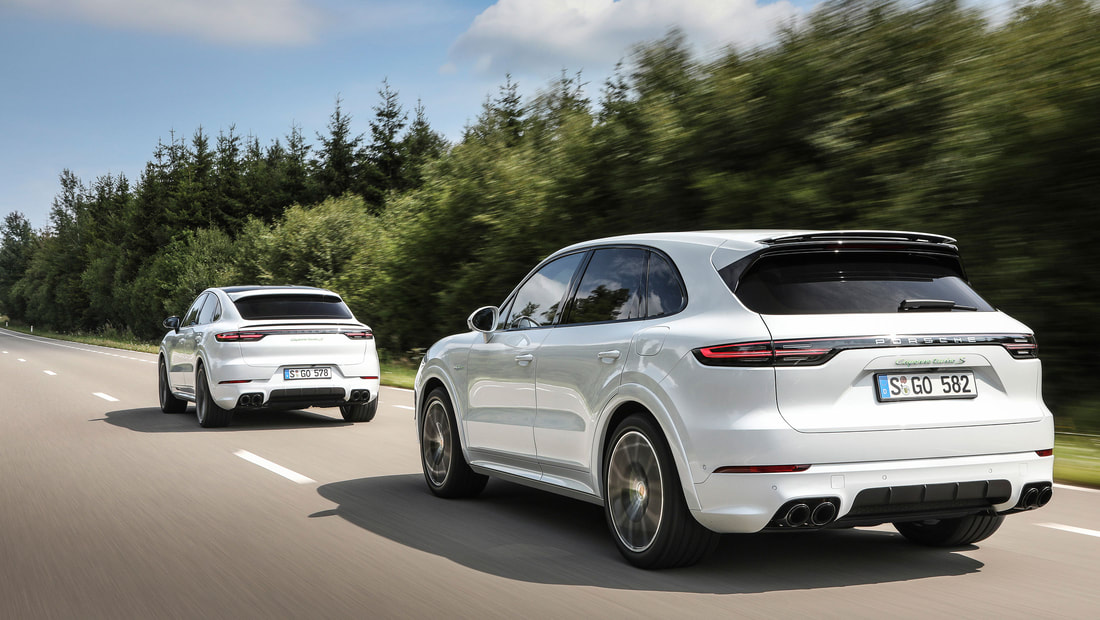
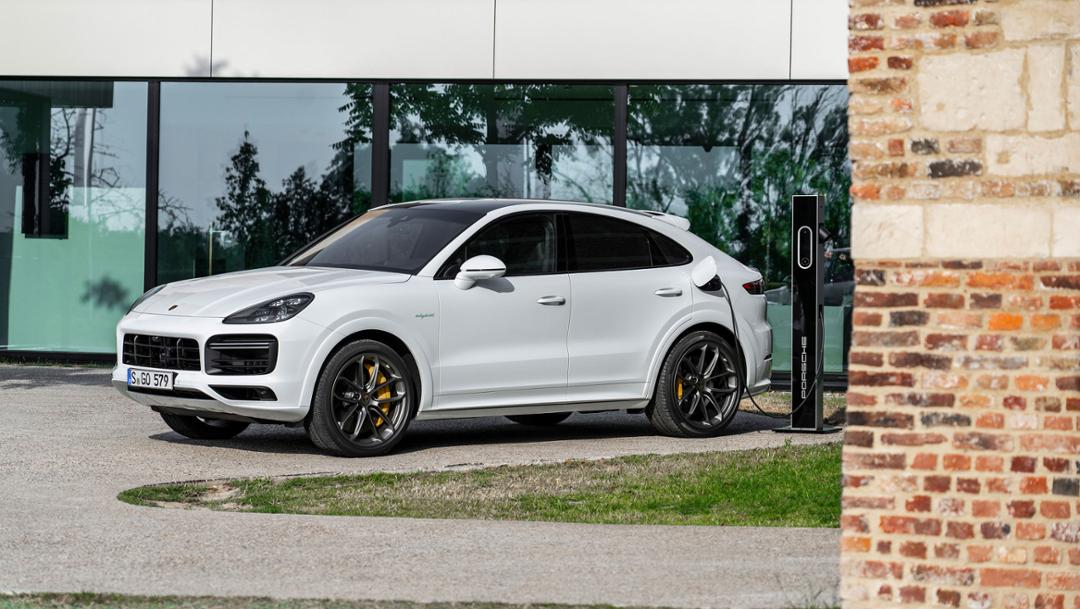
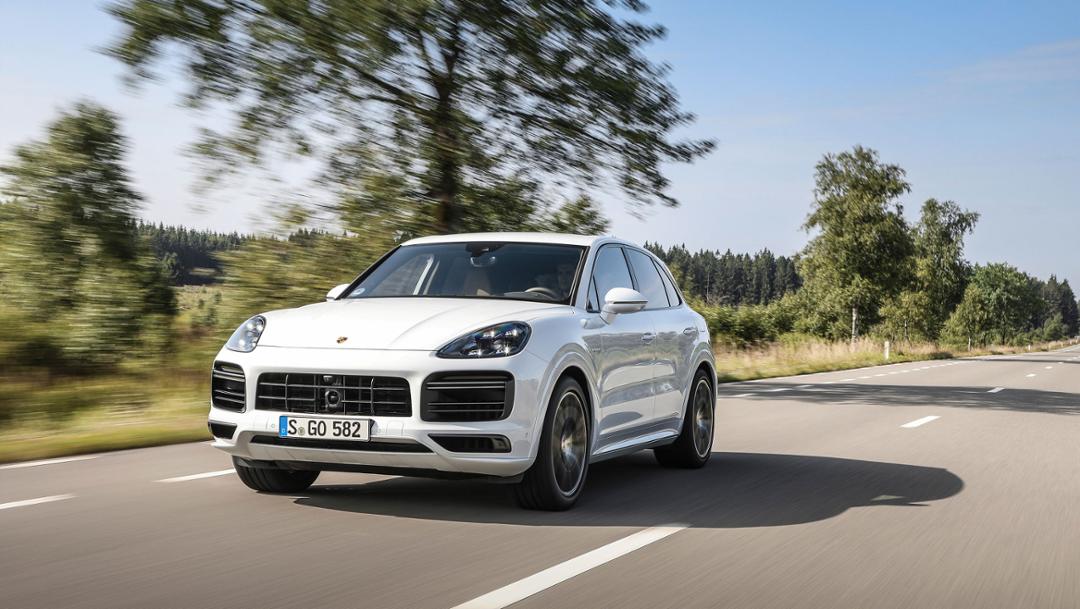
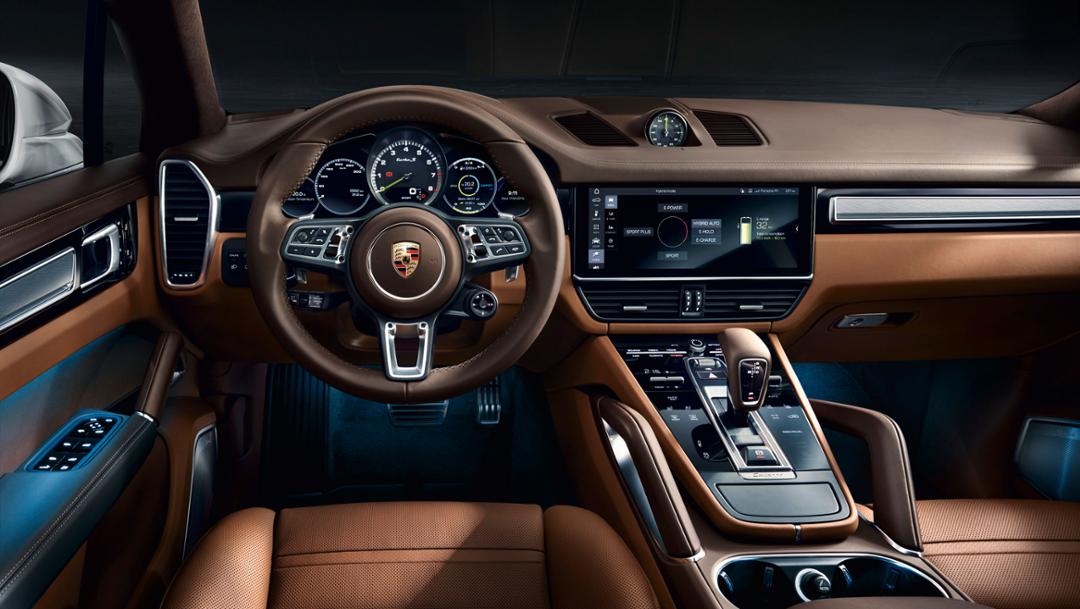
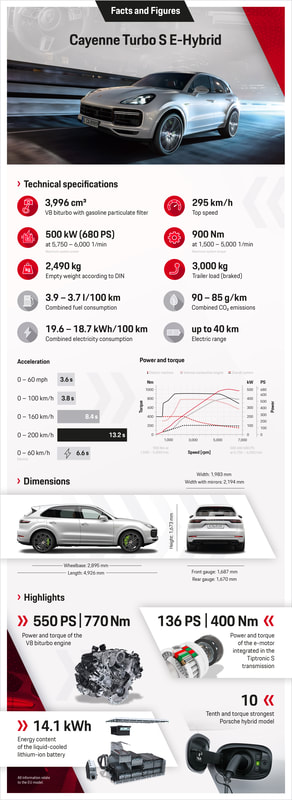
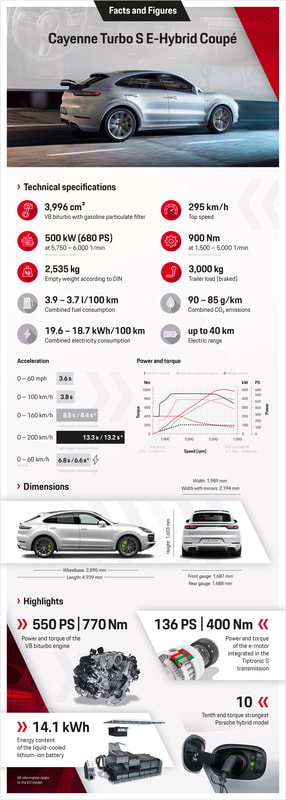

 RSS Feed
RSS Feed